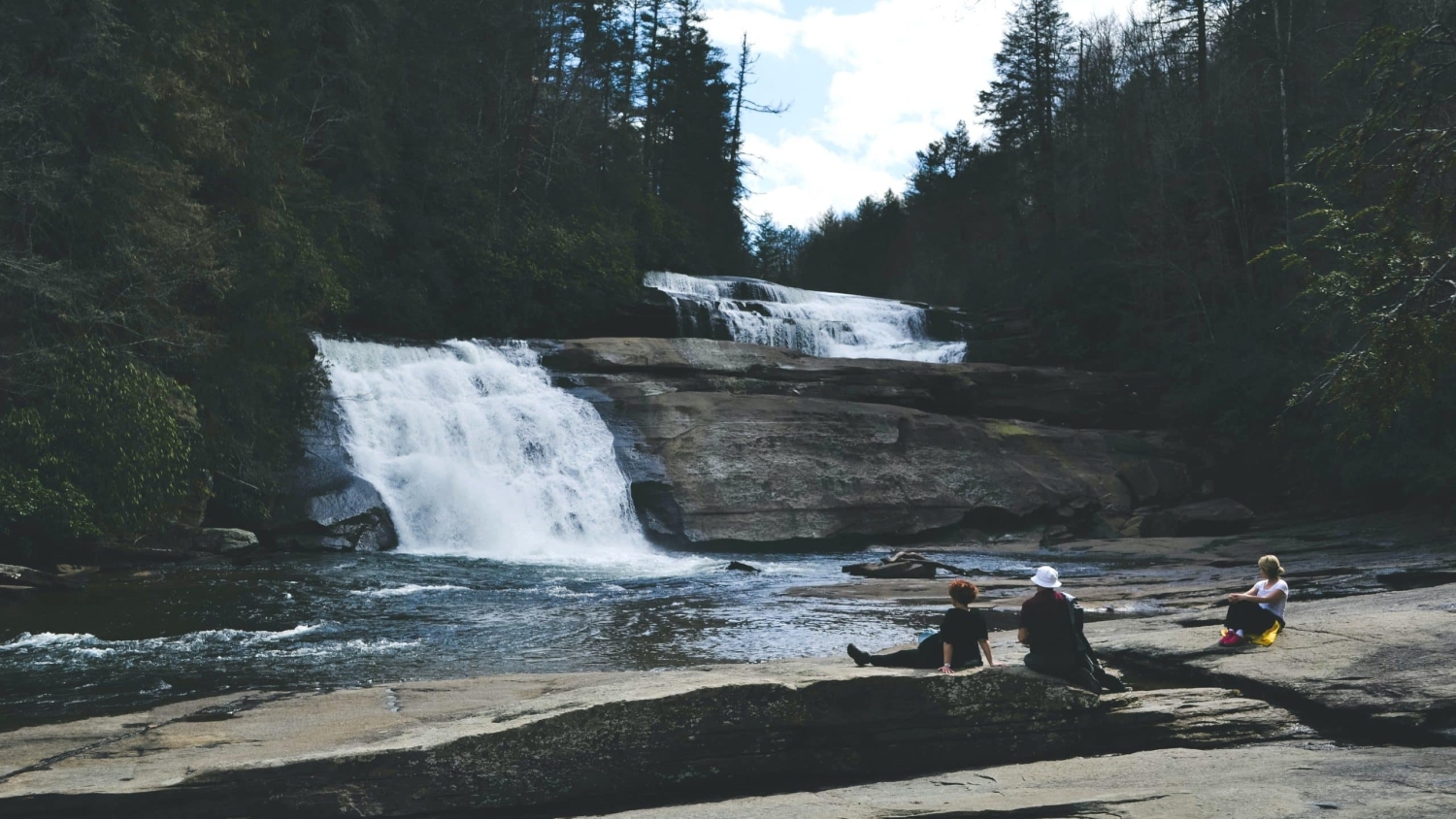How Outdoor Adventures Can Help Students Bond

From hiking up snow-covered mountain trails to sleeping in campsites frequented by wild pigs, students who use spring break to go on outdoor adventures face a variety of challenges. And those challenges play a role in bringing those students together.
Facing shared adventure and adversity helped students make meaningful connections with each other, even across differences in race, ethnicity, sexual orientation and background, according to a recent study led by Nathan Williams, teaching assistant professor of parks, recreation and tourism management at North Carolina State University.
Williams interviewed former student participants in a diversity-focused college outdoor adventure program offered at a public university in the Southeast, along with program leaders, the program’s founder and the program administrator. Williams asked about student experiences on the outdoor adventure trips, which were focused on diversity learning. The Abstract spoke to Williams about what he learned.
TA: What about being outdoors helped students form connections?
Williams: Outdoors, they are in an environment that is new, unique and challenging. They are outside in the cold, rain and other conditions. They are away from home, with a new group of people, and have different support systems. Sometimes, students face physical challenges – some of these trips were backpacking trips where they would carry all of their own stuff, or there would be a lot of bugs or insects. You can imagine when folks have to sleep in a tent outside, cook their own meals outside of a kitchen, and they’ve never done that, people become closer. Students were bonding through adversity.
Then, at the end of the day, students have the freedom to discuss their backgrounds, identities and values around campfire talks (sometimes around literal campfires if the weather cooperated). A big part of outdoor trips and these “campfire spaces” is that you can create a space where students feel like they know each other and depend on each other. They’re relying on each other to “survive” outdoors – not in a reality TV show sense, but they’re living together outdoors for a week on a road trip, and developing connections throughout those experiences. Then these campfire spaces created a setting to have meaningful discussions and make connections with others.
TA: What did students learn?
Williams: Participants on these trips engaged in a number of formal diversity and identity activities. Students created their own “identity tree” to reflect on their backgrounds, family roles, race, ethnicity, gender, and then the program created a space to share those. They learned they had commonalities with other students they wouldn’t normally assume they had. They also had their assumptions challenged about other students who they might not have interacted with on campus.
TA: Is there a formula that you would recommend for other programs that are planning diversity-focused outdoor excursions?
Williams: First, students need to be taught skills to live outside – so setting up tents, canoeing, backpacking, camp cooking, and hygiene in the outdoors. When you’re not necessarily taking a shower every day and you’re used to that or other daily conveniences, you need to learn how to adjust and be comfortable in a new environment.
The next ingredient is teaching social skills – skills for being on a road trip with new friends and getting along with a group. The last piece is teaching diversity-focused skills. How can students have discussions about race, ethnicity or gender, and finds ways to express themselves, but not have destructive conflict with others? Those were some of the diversity-focused skills that students learned and put into practice.
A big part of the experience is practicing interactions, specifically interacting with civility about sensitive topics. So, program leaders gave students guidance on how to talk about diversity respectfully. Then instructors, or trip leaders, bring students into a setting where they can talk with each other, but give them the freedom to talk about what they choose. So the program creates a structure for them to go deeper with diversity conversations.
TA: Why are these important skills for students to learn?
Williams: Despite decades of diversity education at universities, and efforts to create common understanding and respect, we still have identity-based violence and deep divisions. College, ideally, should be a time where students are meeting diverse peers and sharing perspectives across lines of difference, but a lot of research shows students often interact with students like themselves. We all should be doing more to help students engage with others on campus, whether that’s creating real campfires for discussion, campfire spaces in the classroom, or finding other settings for students to explore their own identities and learn about others.
This post was originally published in NC State News.
- Categories: